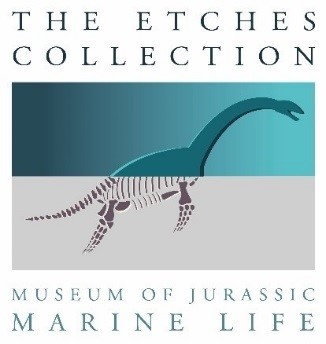How do we find, extract and piece together new fossil fish: examples from the Jurassic of Dorset
/Fossil fish in the 157-152 million year old Kimmeridge Clay Formation are diverse and include a large form called Pachythrissops.
Often when we find spectacular fossil fish such as Pachythrissops all we see at first is a tiny fragment in the rock either as a few scales or a bit of bone with the remainder covered by solid rock. From such tiny glimpses of what may lie beneath we have to try and work out the likely orientation of the fossil and how much may be present. We then have the challenge of collecting (often in several large blocks of rock) and transporting these back to the workshop to prepare and piece together the fossil which last saw sunlight over 150 million years ago.
Some specimens of this fish have their soft tissues partly preserved, including the gut whilst other specimens show almost perfectly preserved fins including a very rare tail. We have several examples of this fish including the best-preserved specimen found to date.
The Etches Collection Museum is located in Kimmeridge, Dorset on the World Heritage Coast and contains a nationally accredited and designated collection of over 2500 fossils from the Upper Jurassic Kimmeridge Clay Formation. The collection provides a major resource for education and research as well as being a major tourist attraction.
Watch the full story by clicking on the You Tube video link above where Steve Etches reveals how these specimens are collected and prepared to reveal some previously unseen features.

